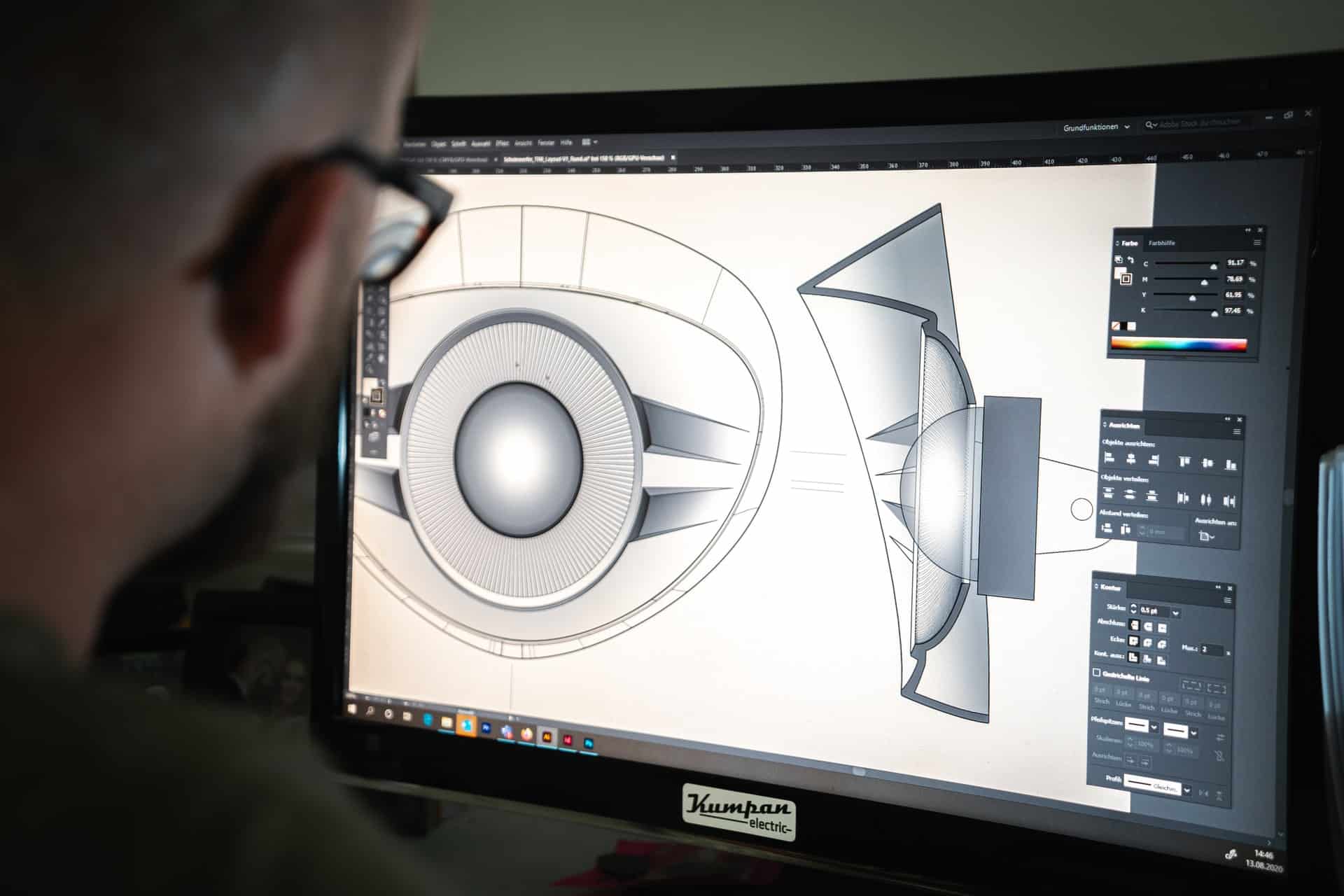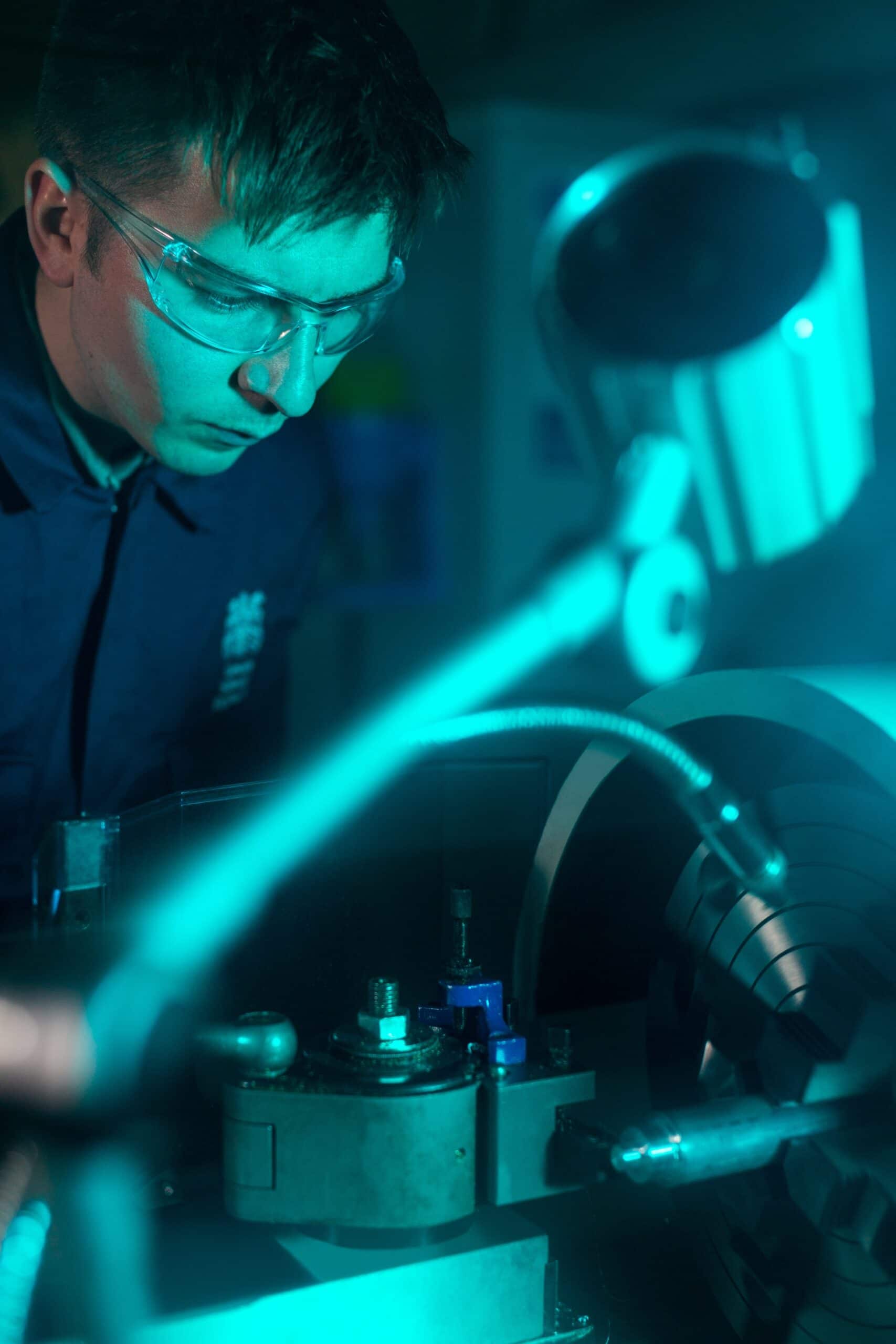If you have been told your product or manufacturing process requires advanced ceramics, you may be wondering what those are. While your knowledge of ceramics may be limited to art projects or coffee mugs, advanced ceramics are a completely different animal that could mean the difference between the success or failure of your product or process. It would help if you took the time to research this term to understand why they’re critical to your business.
IMAGE: UNSPLASH
Advanced vs. Traditional Ceramics
Traditionally, ceramics are defined as non-organic, nonmetallic solids created from powdered substances and then fabricated into other products through heat. They have the specific properties of being hard and strong yet brittle and exhibit low electrical conductivity. The advanced version of ceramics is an improvement over this traditional definition. It offers superior variations on the conventional properties, including some ceramic materials that are as electrically conductive as certain metals.
As a result, the new definition of advanced ceramics as provided by the Versailles Project on Advanced Materials and Standards (VAMAS) is that an advanced ceramic is “an inorganic, nonmetallic (ceramic), basically crystalline material of rigorously controlled composition and manufactured with detailed regulation from highly refined and/or characterized raw materials giving precisely specified attributes.”
Differences in advanced ceramics versus traditional ceramics include their glassy look (basically crystalline) and their highly engineered structure (rigorously controlled composition and manufactured with detailed regulation).
How Advanced Ceramics Are Made
Advanced ceramics are made through a similar process as traditional ceramics with one significant variation; advanced ceramics are not usually made from naturally occurring raw materials. Instead, they are comprised of purely synthetic materials densified through transient-liquid sintering or solid-state sintering rather than the liquid-phase sintering process preferred for traditional ceramics. Since the sintering processes for advanced ceramics rely on small particles, the powders used for advanced ceramics have extremely small grains.
To create an electrically conductive ceramic, all the powdered materials used must have the same chemical composition before the sintering process occurs. As a result, several chemical processes have been developed that have improved the powder mixing stage to ensure the chemical composition is homogenous.
These processes include coprecipitation and freeze-drying, spray roasting, sol-gel processing, the Pechini process, combustion synthesis, high-temperature synthesis, and exotic energy deposition. The process that’s right for your ceramics will depend on what your final product will be used for.
Advanced Ceramics Applications
Advanced ceramics are often used in a wide range of applications; the most common are automotive (spark plug insulators, catalyst supports, sensors, etc.), electronics (circuits, seals, substrates, packaging materials, etc.), nuclear power (waste storage, fuel pellets, reactors, etc.), optical materials (glasses, lamp envelopes, lasers, etc.), medical components (dental implants, prostheses, bone screws, etc.), and magnetic products (transformers, microphones, seals, speakers, etc.), among others.
Due to their ability to withstand extremely high temperatures, advanced ceramics are also used in kilns to fire, bake, dry, harden, or burn a substance such as clay. Electroceramics, which are exclusively advanced, are used in fluorescent lighting, lasers, liquid crystal displays, toaster ovens, and many other innovations that use materials with various charge states.
Conclusion
The truth is that advanced ceramics are complex, but they are also extremely useful, particularly in the manufacturing industry. So take the time to learn more about them so that your business has the most technologically advanced equipment possible.
IMAGE: UNSPLASH
If you are interested in even more technology-related articles and information from us here at Bit Rebels, then we have a lot to choose from.


COMMENTS